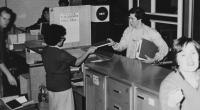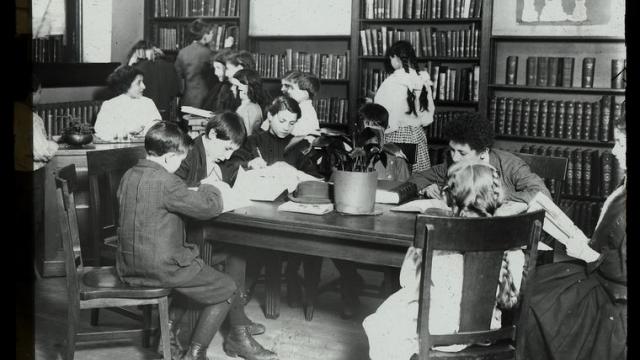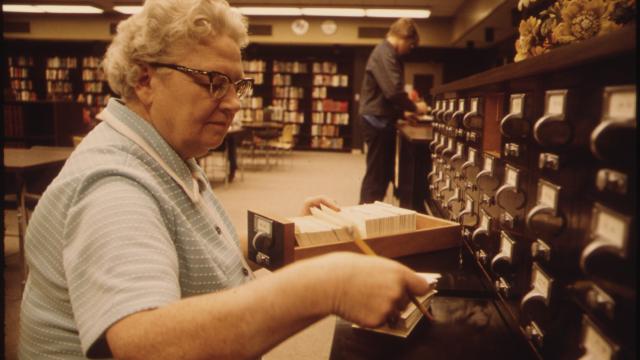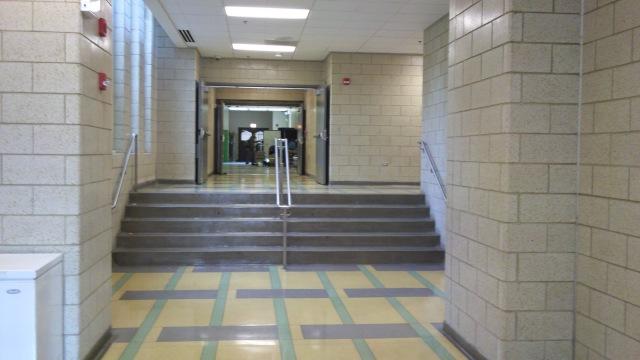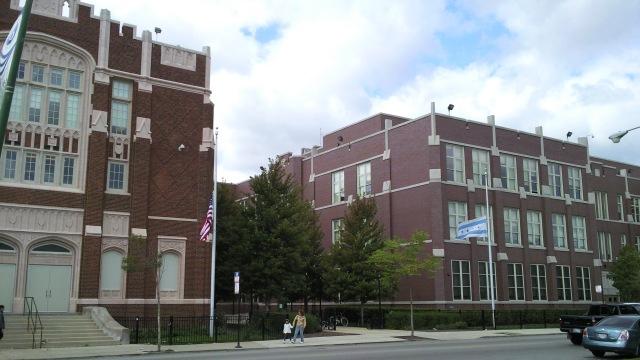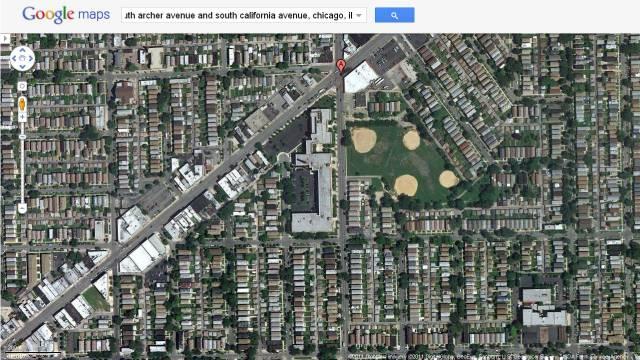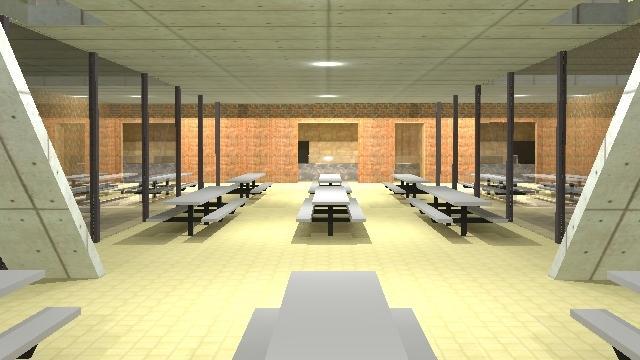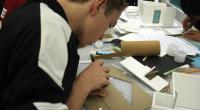
TOP 10 FINALIST: 2012 national competition project #034 | cafeteria redesign
Sage Hill School is a private school in Newport Coast, California. With relatively small total enrollment of 438, there is no need for a full indoor cafeteria; instead, there is a small kitchen, run by Sapphire at School, where students can purchase food items throughout the school day. Most students eat their lunch at the outdoor tables of the Winkins Town Square-- a tradition made possible by the temperate weather conditions of southern California; however, there are some key improvements to be made to the in regards to the general congestion in the kitchen area during lunchtime. In this project, I aim to explore possible solutions to the congestion issue as well as improvements in eco-friendly practices.
SageHill13's work for the Collect Information step:
Summary
I spent the last two weeks of March gathering blueprints and interviewing different school officials, staff members, and students.
<SLIDE #1: Map Overview>
(A.) Google Map imge of Sage Hill School and the surrounding area...
16 comments
<SLIDE # 2: Town Square During Lunch>
Above is a video clip of the Wilkins Town Square...
<SLIDE #3: Cafeteria Before Lunch>
(A.) A view of the current cafeteria before lunch. The...
<SLIDE #4: Cafeteria During Lunch>
Above is a video of the cafeteria during lunch. As shown...
<SLIDE 5: Enviornmental Issues> One of the environmental concerns of the current lunch...
<SLIDE #7: Journal>
During the entire DiscoverDesign Project, I kept a journal. In the first...
SageHill13's work for the Brainstorm Ideas step:
Summary
The Brainstorming process actually began from the "Gather Information" stage. From the interviews, I noted that some of the ideas that had been already proposed were: 1) Adding another door
<SLIDE #1: Initial Sketches>
(A.) Originally, I intended to add another door on the west...
<SLIDE #2: Existing Designs>
In order to keep the continuity in the design of the buildings...
<SLIDE 4: Interview with Sapphire Staff>
Throughout the month of April, I interviewed the...
<SLIDE 6: Revised Sketches>
(A.) After the interviews and observation, I settled on the idea...
SageHill13's work for the Develop Solutions step:
Summary
After the Collect and Brainstorm process, I began modeling my cafeteria design using Google Sketchup.
<SLIDE 1: Sketchup>
The very beginning of my modeling process. I began with the basic floor...
<SLIDE 2: Sketchup Model>
Continuation of modeling process. I have added the window, door,...
<SLIDE 3: Sketchup Model>
Continuation of the modeling process. I have now added color and...
<SLIDE 4: Interior>
I used Google's 3-D warehouse to fill in the furniture/equipment in...
<SLIDE 5: Surrounding Area>
I also modeled the areas near the cafeteria, including the Town...
SageHill13's work for the Final Design step:
Summary
The next seven slides show my final design of the cafeteria.
<SLIDE1: First Floor>
A bird's eye view of the first floor. The equipment and furniture...
<SLIDE 5: Exterior Rendered>
The exterior of the cafeteria, as seen from a close-up view (...
<SLIDE 7: Garden-Cafeteria Exchange>
A diagram of the exchange of materials between Savannah...

